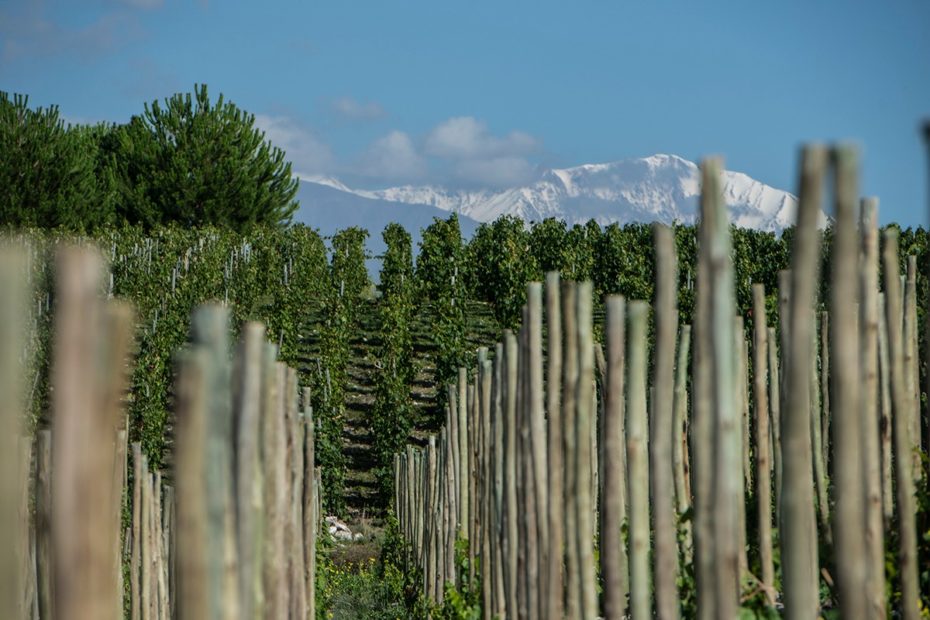The weather during the summer season and the accelerated rhythm imposed by COVID -19 finally ended up in an intense harvest, but, by the time we finished, we could say that this harvest met our expectations regarding quality.
Winter was too mild; some days of quite low temperatures were followed by a cold, dry spring. This season went through with practically no rains, which made the cycle start a few days earlier. This entailed the risk of having the vines exposed to late frosts.
I would like to emphasize that this has been a very special year for Gualtallary, where, from a climate point of view, some incidents have made this vintage different from previous ones.
The most important sector for quality grapes, in the northwest of the district, on Camino a Estancia Silva street, had a couple of days with low temperatures in mid-October (Oct 14th), with frosts that were not very intense (-1 to -0.5°C / 30° to 31°F), but lasted for 48-72 hours, which is a long time. This mainly affected the subsequent coulure or millerandage of sensitive varieties, mainly Malbec.
After these cold days, hail hit on three occasions: one on November 21st, followed by another one on December 3rd, and, by the end of December, there was small, thinned hail, which was not as relevant as the other two instances. This caught our attention, as hail rarely falls in this area. Obviously, this affected several of the vineyards located at the heart of this appellation, which generated significant losses. Luckily, our vineyard at the Monasterio was not affected, as it was the rest of the surroundings.
Many vineyards non anti-hail net protected were damaged, but the grape growers managed them to recover as hail fell in the early stages of the growing cycle. However, their yields were much lower than usual.
Some other vineyards suffered losses of 40, 50 and up to 60%.
Moving into the summer season, the dry, hot year made this a classic vintage, which started two weeks earlier on average and ended three weeks earlier than usual.
Regardless of the training system used, the best quality grapes remained in those healthy-well managed vineyard; those well irrigated (methodically, in proper time and manner) and were able to remain healthy from the physiological point of view, that is, whose leaves were well-maintained so they did not turn yellow, nor did they fall or undergo great stress. Even regardless of the area, healthy vines produced the best quality wines.
As usual, the highlight was Malbec. This variety stands out almost every year in all areas. This year’s conditions will allow for Malbecs with the style that many people like: more generous, with soft tannins, a slightly wider mouth and good length.
I believe we will have young, red fruit and floral wines that will excel for their pure expression.
Wines coming from special vineyards and terroirs will have also good longevity. I am not sure it will be the same as those wines from cold years and longer harvests, but in any matters, they will have good aging potential. They will also have a more evident expression than that of cold years.
As I said before, the warm years produce more extroverted fruit in the wines with open and fruit-forward expression, with a bit silkier texture than those cold years, and good acidity. I highlight this because in hot years, managing acidity is quite an issue and this year the grapes – despite the heat– were harvested with excellent acidity and pH, therefore, they will end in very fresh wines.
EDGARDO DEL POPOLO
APRIL 17, 2020

